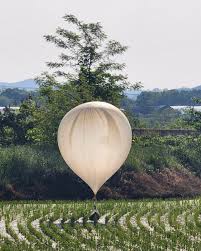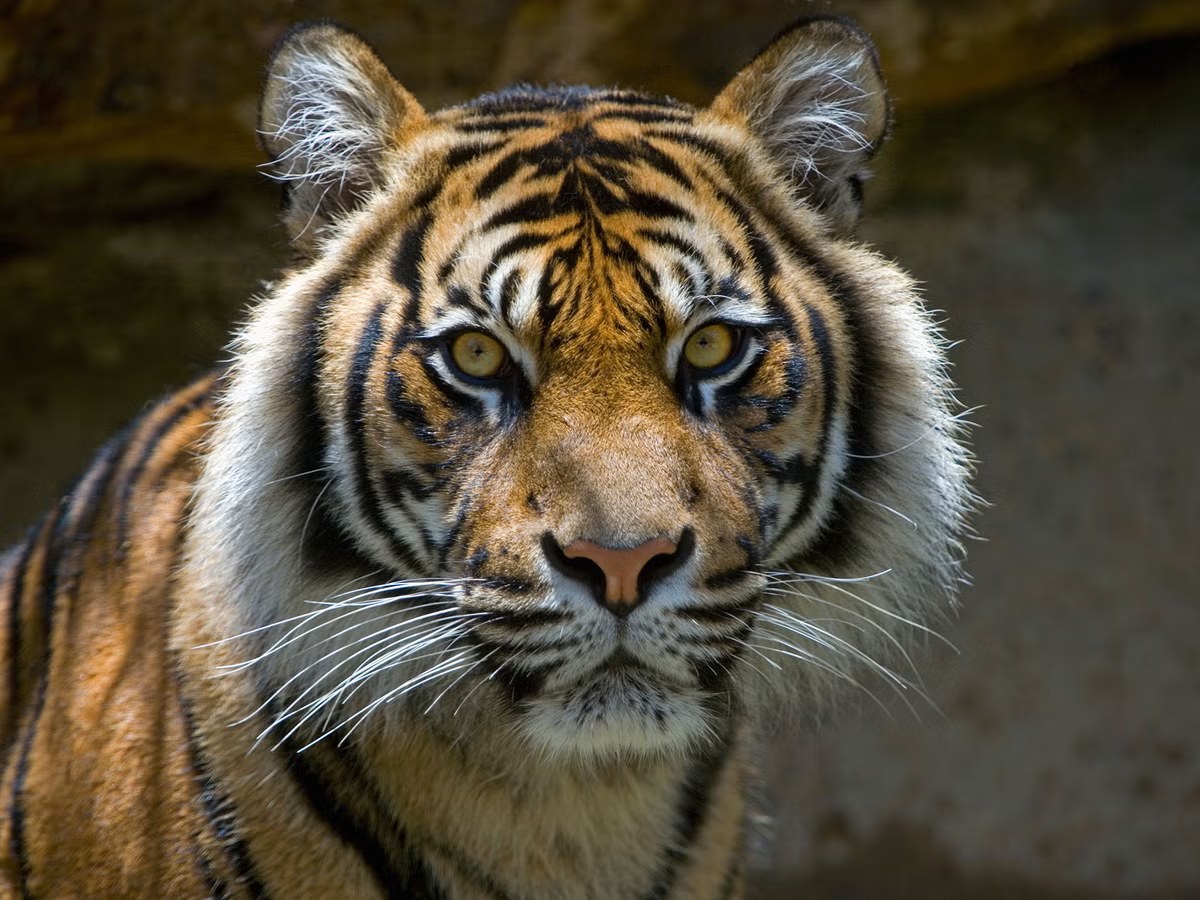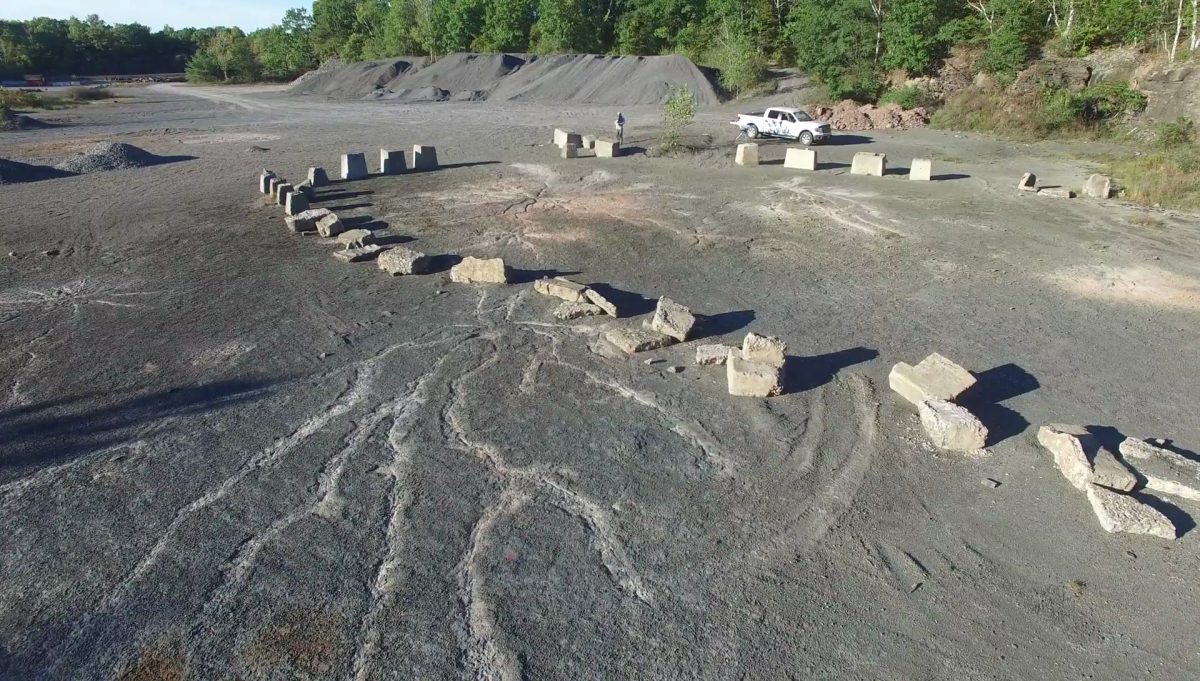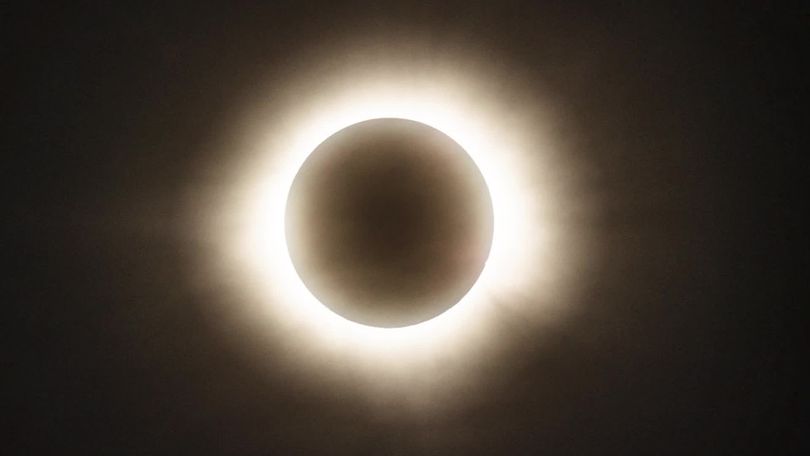Scientists have just found what they believe to be the world’s earliest known fossilized forest. They discovered it in high sandstone cliffs on the coast of South West England near Minehead. Researchers from Cambridge and Cardiff University say that the fossilized trees that resemble palm trees that were found are the oldest ones they’ve seen in Britain and the forest is the oldest in the whole world.
The researchers were able to identify fossils of plants with their debris and traces of roots and fossilized tree logs. Researchers say that the most revealing information is the trees the positions they grew and how the plants grew together at that time. They say that the forest found is about four million years older than the previous oldest forest.
The forest dates back to the Devonian Period between 419 and 358 million years ago, the time of life’s big expansion into land. The period is named Devon because of the marine rocks found in that period. Scientists and researchers say that the forest area at that time was a semi-arid plain meaning a desert-like area. The forest is believed not to have been attached to England but to parts of Germany and Belgium where fossils of the same types of trees have been found.
“This was a pretty weird forest, not like any forest you would see today,” said Prof Neil Davies Cambridge’s Department of Earth Sciences who was the study’s first author. The forest didn’t have any undergrowth and the grass had not appeared in that time yet, but a lot of twigs dropped from the densely packed trees had a big impact on the forest.
Dr Kendrick, from the Natural History Museum, says that the trees found are very different from the ones found today. The most similar fern or tree that resembles the trees found would be the Dicksonia antarctica, a type of plant found in Australia but is popular in Britain for decorative purposes.










































